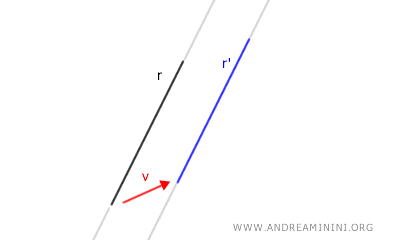Invariant Figure
A figure is called an "invariant figure" if it remains unchanged after undergoing a transformation.
In other words, a figure that is identical to its transformed version is considered "invariant."
This occurs whenever a geometric transformation leaves the figure unchanged.
More generally, a figure is described as invariant under a geometric transformation if certain properties (such as distances, angles, and alignments) remain unchanged after the transformation is applied.
This concept is particularly relevant in discussions about symmetries, geometric transformations, and algebraic operations. It plays a crucial role in the study of isometries and conformal transformations.
Examples
Here are some examples of how this concept can be applied:
- A null translation results in an invariant figure because each point in the figure maps to itself. In a null translation, the translation vector is a zero vector. $$ \begin{pmatrix} x' \\ y' \end{pmatrix} = \begin{pmatrix} x \\ y \end{pmatrix} + \begin{pmatrix} 0 \\ 0 \end{pmatrix} $$
- When a line is translated, the result is a parallel line, meaning a line that belongs to the same family. Thus, every parallel line is invariant with respect to the original.

- A 360° rotation of a plane figure produces an invariant figure because, after the transformation, the figure is indistinguishable from the original.
In algebraic contexts, an element is considered "invariant" with respect to a particular operation if applying that operation to the element and the operation's identity element yields the original element. For example, adding any number to zero (the identity element for addition) leaves the number unchanged. $$ x + 0 = x $$ Multiplying any real number by one (the identity element for multiplication) also leaves the number unchanged. $$ x \cdot 1 = x $$ In group theory and modular arithmetic, where elements that remain unchanged under the action of a group of transformations are crucial, the concept of an "invariant" element remains consistent, even if the discussion becomes more complex.
And so on.
